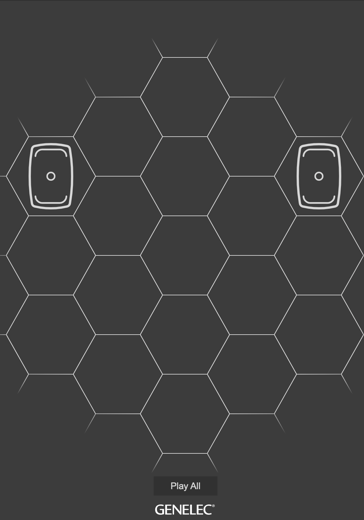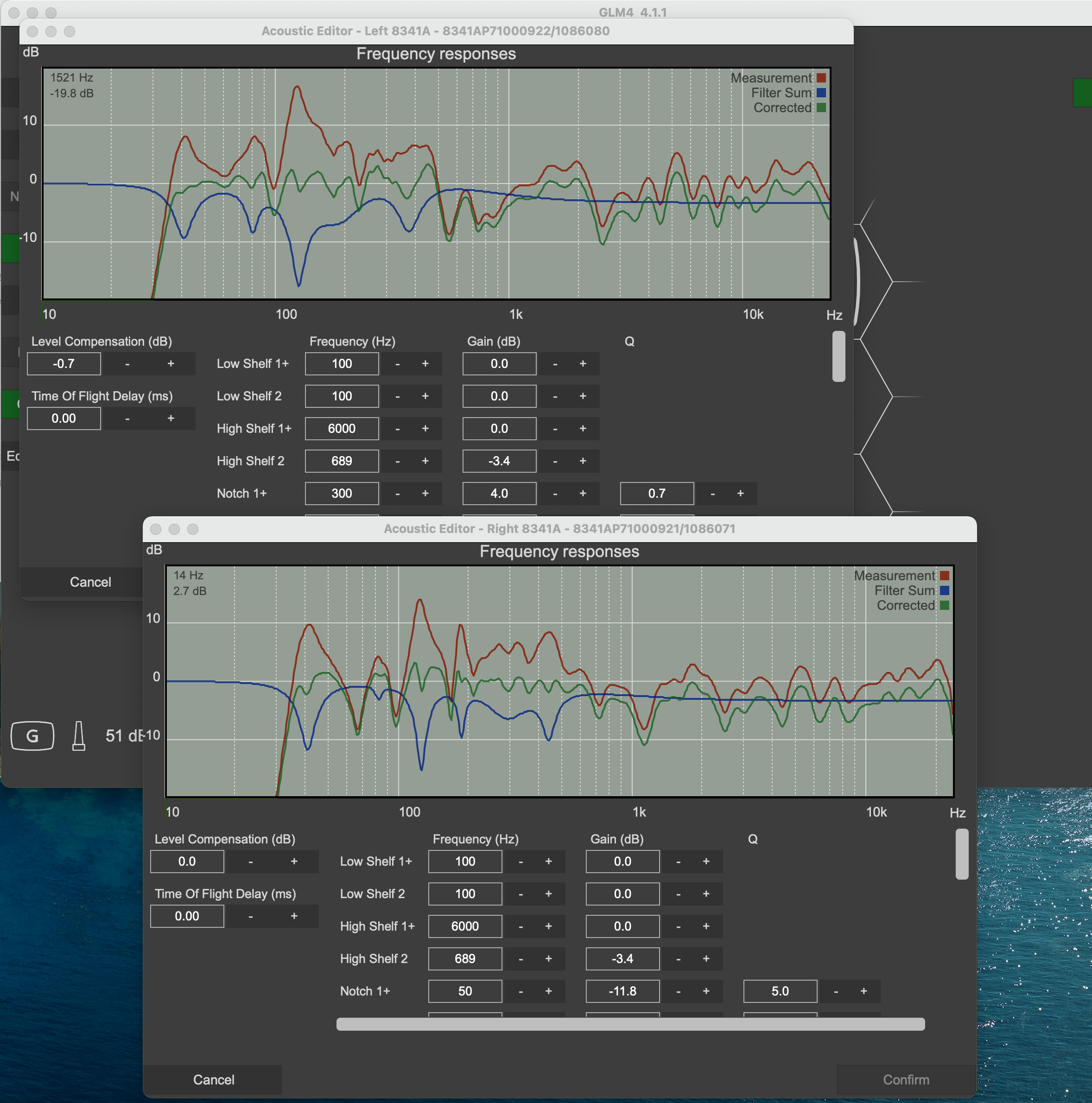Genelec describes its 8341A as a point source monitor with the perfect blend of size and performance. Headliner got hold of a pair, along with a GLM 4 Calibration Kit, to find out how they perform in a less than ideal acoustic environment...
Recently, a courier delivered to my house the largest Peli case I’ve ever seen. In it were a pair of Genelec 8341As and a GLM Calibration Kit. We have a pair of these in the Headliner London studio and while they’re hugely impressive, nothing quite beats the anticipation of using a new product in your own space.
Setup
I was keen to press these into action and at the same time get the huge Peli case off the living room floor. After carefully removing my trusty monitors of 14 years, I hooked the Genelec 8341As to the mains and my SSL SiX using a couple of XLRs – nothing! It dawned on me that I might need to set up the 8341As using either the dip switches on the back or, as I needed to try it out anyway, the GLM software.
Connecting the GLM Adapter requires mere common sense and simply connects to your computer via a supplied USB cable. Each speaker has both digital AES, EBU input and thru connections as well as analogue inputs. There’s a euro mains socket, two RG45s and a whole bunch of dip switches: more on these later. I daisy-chained the speakers to the GLM Adapter with a couple of Cat5 cables and searched for Genelec GLM software in my web browser.






